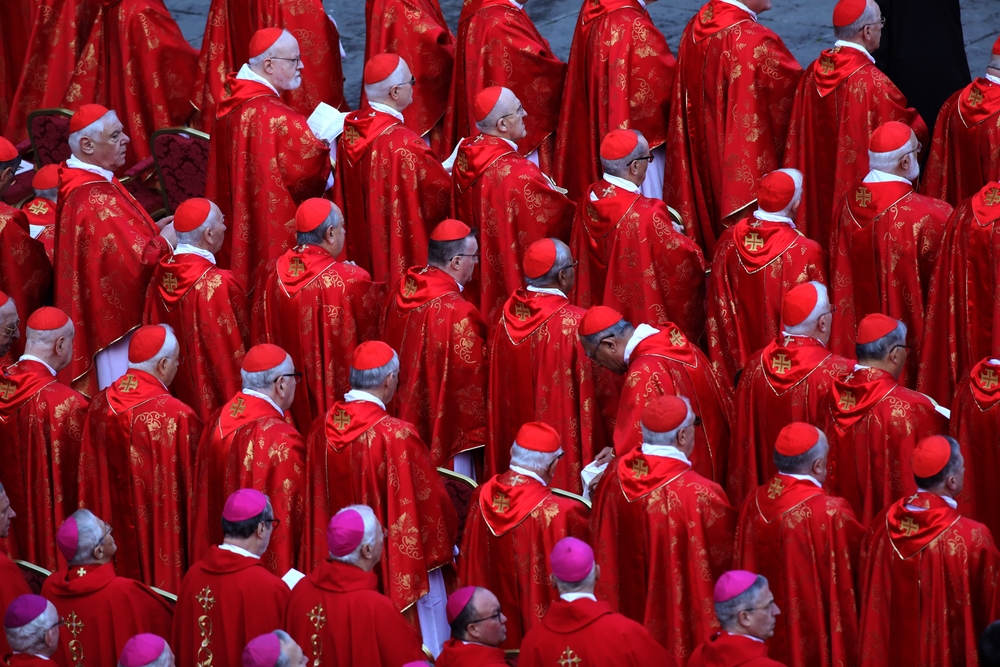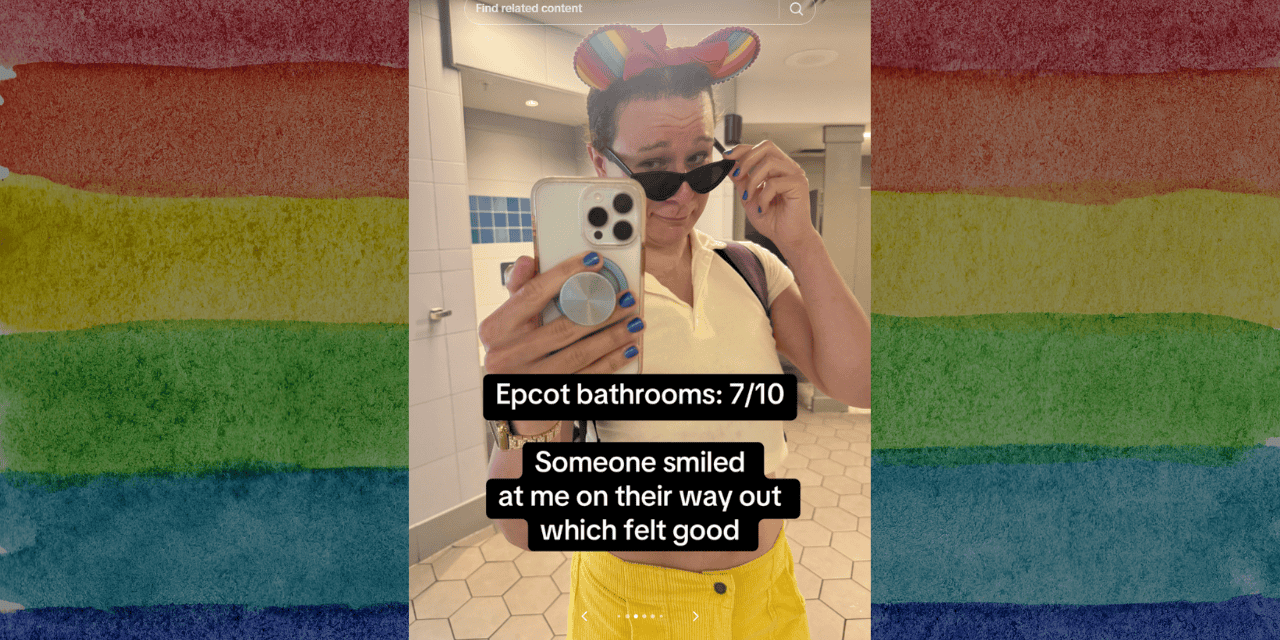Increase in LGBT Characters in Children’s Entertainment – Focus’ Plugged In Gives Advice for Parents

As we previously wrote, Disney’s Pixar recently released a short, animated film, “Out,” about a man who tells his parents about his boyfriend – with the help of his dog. It’s part of an ongoing trend to include more LGBT characters and stories in films and television shows aimed at children, adolescents and teens.
We spoke with Adam Holz, who oversees Focus on the Family’s Plugged In website, which offers reviews, blogs and articles about movies, television shows, music, video games and books. He offered some insights about why the entertainment world is increasingly creating confusing, sexualized programs for children. He also gives some advice for parents about how to interact with kids about these difficult topics.
Holz said, “Really, it’s gotten to the point where I go into everything I watch looking for the LGBT message, because it’s almost always there.” We talked about some of recent examples:
- Sesame Street taped a show for its upcoming season with actor Billy Porter, known for his roles in LGBT-themed shows such as Kinky Boots and Pose. Porter appeared on Sesame Street and interacts with the Muppet performers wearing a “velvet tuxedo gown.”
- Porter also has a role in the new film version of Cinderella, playing the fairy godmother. The actor says he will play the part as “genderless” and calls the character “the Fab G.” Porter said, “I think the new generation is really ready. The kids are ready. It’s the grownups that are slowing stuff down.” The Sony Pictures production is scheduled for release in 2021.
- PBS and Amazon Prime recently teamed up for a reboot of the animated children’s show Clifford the Big Red Dog. In the latest version of the show, Emily Elizabeth, Clifford’s owner, has a best friend named Samantha. Samantha has two moms who are appear in several episodes and are listed in the credits as “Dr. Mulberry” and “Ms. Mulberry”.
- The LGBT activist group GLAAD reports that ten years ago there were 97 regular and recurring LGBT characters on broadcast, cable and streaming television. In 2019 there were 488. The group is advocating for 20 percent representation of LGBT regular characters on primetime scripted broadcast programs by 2025.
While the growing number of LGBT characters and stories is a symptom of the larger issue of sexual brokenness in our society and in our entertainment, this issue is the driving edge, and youth entertainment is becoming more sexualized and confusing. As Holz told us, “It’s not if you’re going to be dealing with this, it’s how will you deal with it.”
Holz acknowledged that this is a huge, multifaceted topic. But he believes the root of the problem is a widespread rejection of God. He said, “I think that our culture has largely thrown God out the window, but we still have a longing for transcendence.” For many people, he believes, “Sexuality is the most immediate and accessible attempt to have a transcendent experience.”
The media depicts sexuality “as a transcendent good – a way of experiencing something larger than myself,” Holz said, adding, “God has created us with a hunger for transcendence because we’re not self-defined.”
Having thrown God out of the picture, individuals are left with themselves, alone. With no God to define and constrain us, “self-definition” becomes our primary concern. Holz calls this “radical individual sovereignty.” This is the belief “that I am a sovereign agent unto myself – and you cannot tell me anything about my experience, about what’s true or false – I’ll define all of that.”
He adds: “At the top of that definition is sexuality, and, increasingly, gender issues. Even my biology – my biological gender – can’t tell me what I am. I get to define that too, so there’s this idea that I’m sovereign and I can experience sexuality and gender on my terms.”
That message, of “radical individual sovereignty,” is making its way into programs for children and youth. Holz said: “I think the message is that you own your sexuality and that nobody can define that for you. We see that in all these shows and movies that are coming out that want to see any kind of expression of sexuality as a good thing.”
In response, he believes Christians need to ask: “What are the purposes of sexuality, and who gets to decide what those purposes are?”
While secular culture says, “The purpose of sexuality is to actualize yourself,” Christianity offers a different response. Holz said: “We actually have a balanced and informed understanding of the purpose and place of sexuality under God’s design. God says your sexual expression reflects Him; you know, it says, ‘male and female, He created them.’ Our sexuality reflects God’s character – so there is a sacredness to it without worshipping it.”
Holz explained: “Sexual union has purposes of connecting a husband and wife and creating offspring – the unitive and the genitive purposes. We come together for unity in a way that reflects God’s character and provides pleasure and goodness to us, and out of that comes new life. That’s profound.”
Holz encourages parents to maintain an ongoing dialogue with their children about these issues, to challenge the dominate cultural narrative and teach a Christian perspective: “I think we begin by saying that Scripture invites us to relate to a God who says you don’t actually own your body, you’re not actually the authority over it. But He says, ‘If you will submit to My authority, I will help you to be able to experience the fullest and best expression of this good gift that I have given.’”
Parents can teach that “God has designed sexuality as a very good thing, but He has designed it with a context in mind. And when we usurp that authority, it’s destructive.” Movies and TV shows rarely show the negative consequences of “radical individual sovereignty” with regard to sexual expression.
“But nobody ever talks about the consequences of promiscuity, of sexual activity as a minor, it’s all good – that’s our culture’s approach to sexuality,” Holz said.
Holz acknowledged that it isn’t always easy to talk with kids about these issues but said that it’s important: “I’m right there, because I have a 9- and 11- and a 13-year-old. I think that we have to be cultivating a conversation and a relationship where we talk about this stuff. And it’s not enough to have ‘The Talk.’”
“It’s about an ongoing conversation about what we believe and why we believe it,” He continued, “It’s about why we love and accept people but why we still believe there are still boundaries with regard to sexuality. It’s not about hating people; it’s not about wanting to be right or oppressing anybody. We’re submitting in faith to an idea of how we think this should be, and we are wanting the best for other people.”
Read the first article in this two-part series with Adam Holz: Pixar Short Film Features Gay Lead Character
Resources:
Focus on the Family’s Plugged In
Focus on the Family’s Parenting: Sex Education
How to Talk to Your Children About Homosexuality
How to Teach Your Children About Marriage
Raising Children Who Honor Marriage
The Talk: Healthy Sexuality Education—Basic Goals and Guidance from Focus on the Family
When Transgender Issues Enter Your World
Photo from Shutterstock
ABOUT THE AUTHOR
Jeff Johnston is a culture and policy analyst for Focus on the Family and a staff writer for the Daily Citizen. He researches, writes and teaches about topics of concern to families such as parental rights, religious freedom, LGBT issues, education and free speech. Johnston has been interviewed by CBS Sunday Morning, The New York Times, Associated Press News, The Christian Post, Rolling Stone and Vice, and is a frequent guest on radio and television outlets. He graduated Phi Beta Kappa from San Diego State University with a Bachelors in English and a Teaching Credential. He and his wife have been married 30 years and have three grown sons.




